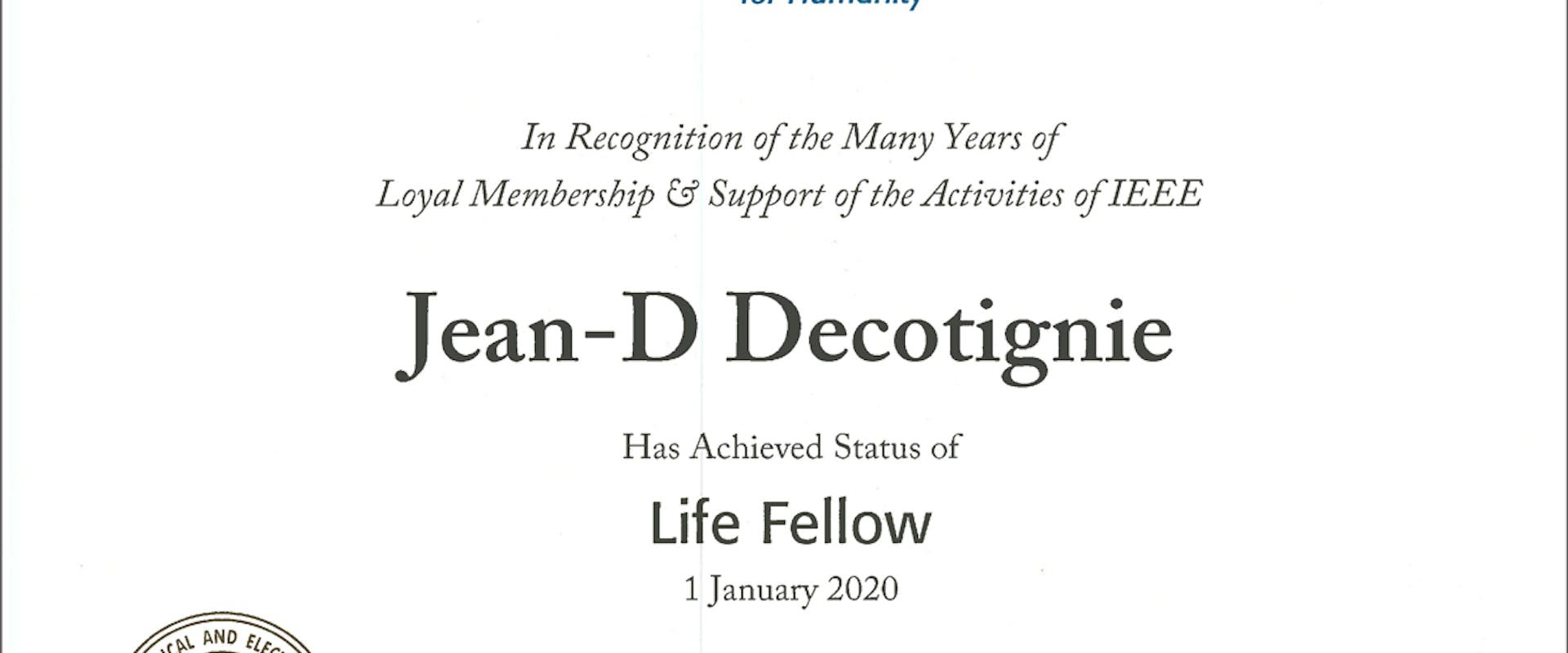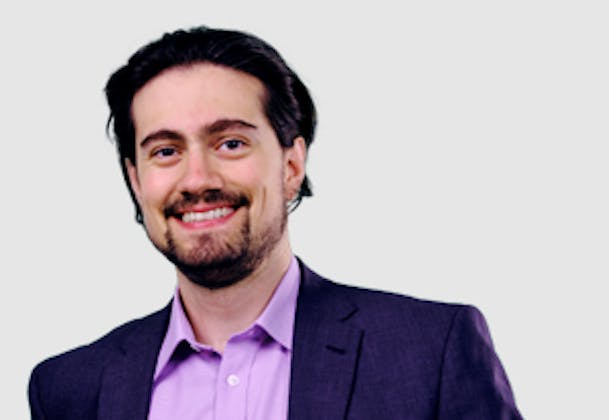January 1, 2020
2020 IEEE Lifetime Member to Jean-Do Decotignie
A quick google search around Jean-Dominique Decotignie (or Jean-Do as he is affectionately known) and you will quickly find a wealth of research, awards, and distinctions awarded to this outstanding member of the scientific community. Now, Jean-Dominique has been awarded one of the most distinguished recognitions from the IEEE, a Life membership (LM), proof of his strong and sustained commitment to developing real-time wireless sensor networks with an emphasis on safety-critical applications.

